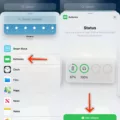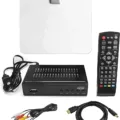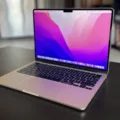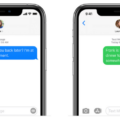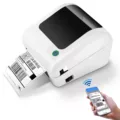MacBook users often experience battery drain issues, especially after upgrading to macOS Mojave. This can be frustrating and hinder productivity. In this article, we will explore the causes of battery drain on MacBook Mojave and suggest potential solutions to help you optimize your battery life.
1. Overuse and Multitasking:
One common reason for battery drain is excessive usage and multitasking. Running multiple apps simultaneously consumes more power, causing the battery to drain faster. It’s essential to close unnecessary apps and optimize your workflow to minimize battery usage.
2. Damaged or Aging Battery:
Another possible cause of battery drain is a damaged or aging battery. Over time, batteries lose their capacity to hold a charge, resulting in reduced battery life. If your MacBook’s battery is old or damaged, it may not be able to supply sufficient power, leading to faster battery drain.
3. Faulty System Management Controller (SMC):
The SMC is responsible for managing power-related functions on your MacBook. If it becomes faulty, it can affect battery performance. An SMC issue can result in incorrect battery power management, causing rapid battery drain. Resetting the SMC might help resolve this problem.
4. Energy-Intensive Apps:
Certain apps are known to drain battery life more quickly than others. Here are some common culprits:
A. Google Chrome: While Chrome is a popular browser, it is notorious for its high energy consumption. Consider using Safari or other more energy-efficient browsers.
B. Spotify: Streaming music can consume a significant amount of battery power, especially if you use the app for extended periods.
C. Zoom: Video conferencing apps like Zoom can put a strain on your MacBook’s battery due to the continuous use of the camera and audio features.
D. Discord: This popular communication app can drain battery life, especially if you have it running in the background for extended periods.
E. Adobe Photoshop: Resource-intensive apps like Photoshop require substantial processing power, leading to increased battery drain.
F. VLC: Media player apps like VLC can consume more power, especially when playing high-definition videos.
G. Steam and Epic Games Launcher: Gaming platforms and launchers often run resource-intensive processes and can significantly impact battery life.
5. Checking Battery Health:
To determine if your MacBook’s battery is functioning optimally, you can check its condition. Go to Apple menu > System Preferences > Battery > Battery Health. This will give you an insight into the health of your battery and whether it needs replacement.
Solutions to Macbook Mojave Battery Drain
Now that we have identified the potential causes, let’s explore some solutions to address MacBook Mojave battery drain:
1. Close unnecessary apps and tabs: Quit any unused apps and close browser tabs that are not in use to reduce power consumption.
2. Adjust energy settings: Navigate to System Preferences > Energy Saver and adjust the settings to optimize battery performance. Reduce screen brightness and set shorter display sleep times.
3. Reset SMC: If you suspect an issue with the System Management Controller, resetting it might help resolve battery drain problems. Instructions for resetting the SMC can be found on Apple’s support website.
4. Use energy-efficient apps: Consider using alternative apps that are known for their energy efficiency. For example, switch from Google Chrome to Safari or use lightweight media players instead of resource-intensive ones.
5. Replace the battery: If you have an older MacBook with a significantly degraded battery, it may be time to consider replacing it. Contact Apple or an authorized service provider to get your battery replaced.
Battery drain issues on MacBook Mojave can be attributed to various factors, including overuse, damaged batteries, faulty SMC, and energy-intensive apps. By following the suggested solutions and optimizing your battery usage, you can improve your MacBook’s battery life and enhance productivity. Remember to regularly check your battery’s health status and seek professional assistance if needed.
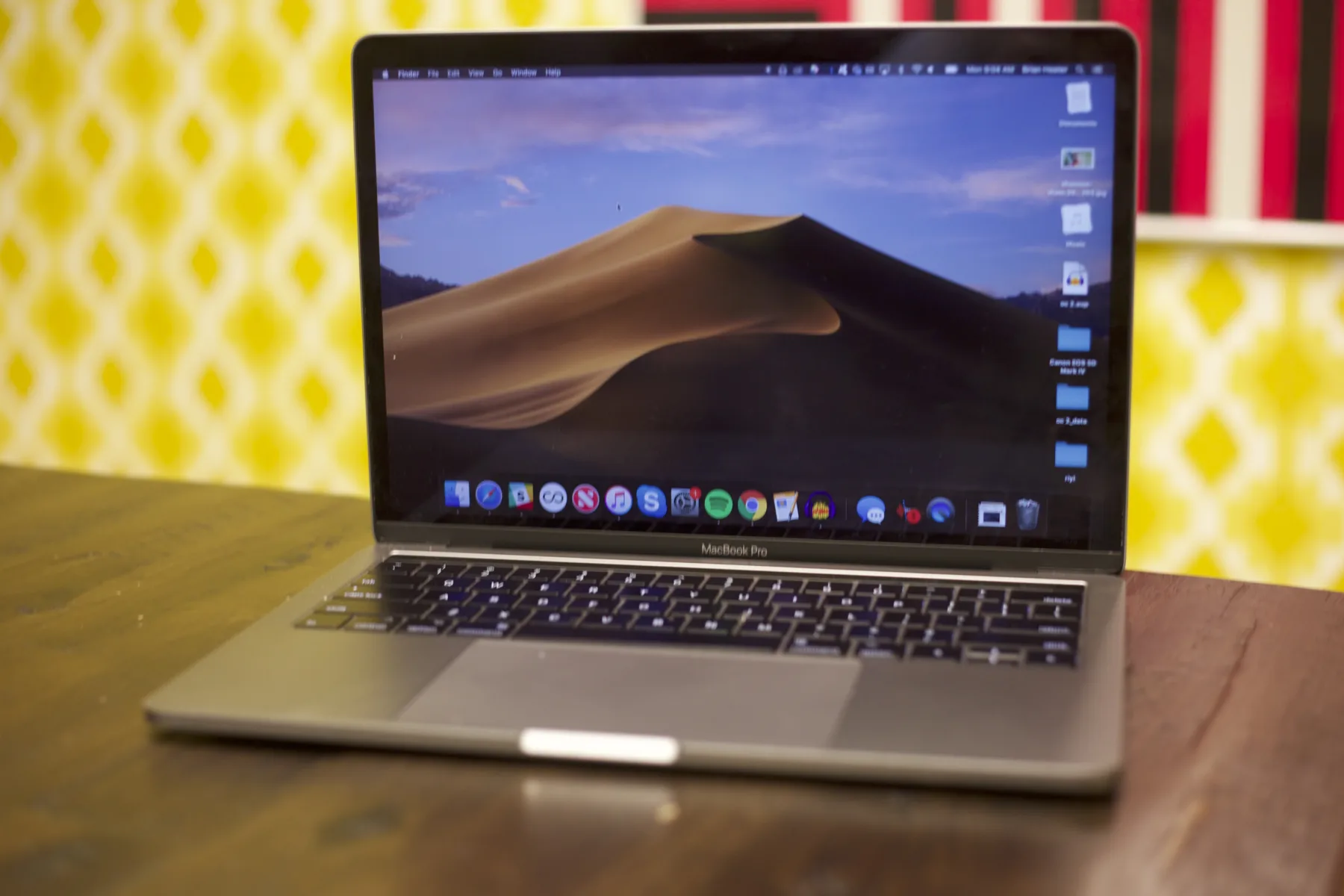
Why Did Your Mac Battery Drain So Fast?
There are several factors that can cause your MacBook Pro battery to drain quickly. These include:
1. Power-hungry applications: Certain applications, especially resource-intensive ones like video editing software or games, can put a heavy load on your battery and drain it quickly. These apps often require more processing power and use more energy, leading to faster battery consumption.
2. Background processes: Some apps and processes continue to run in the background even when you’re not actively using them. These background processes can consume a significant amount of power and drain your battery faster than normal. It’s a good idea to check your Activity Monitor to identify any resource-intensive processes that may be running and close them if necessary.
3. Screen brightness: The brightness level of your MacBook Pro’s screen can greatly impact battery life. Higher brightness settings require more power, so reducing the brightness can help conserve battery power. Consider lowering the screen brightness or enabling auto-brightness to optimize battery usage.
4. Wi-Fi and Bluetooth: Both Wi-Fi and Bluetooth consume power when enabled, even if you’re not actively using them. If you’re not utilizing these features, it’s best to turn them off to prevent unnecessary battery drain.
5. Aging battery: Over time, the capacity of your MacBook Pro’s battery naturally decreases, resulting in shorter battery life. If your MacBook is several years old, it’s possible that the battery is no longer holding a charge as effectively as it used to.
6. System updates: Installing system updates can sometimes cause temporary spikes in battery usage as the updates require additional processing power. These spikes should subside once the updates are complete, but it’s worth monitoring your battery usage during the update process.
To optimize your MacBook Pro’s battery life, you can take the following steps:
– Close unnecessary applications and processes to reduce power consumption.
– Lower the screen brightness or enable auto-brightness.
– Turn off Wi-Fi and Bluetooth when not in use.
– Consider replacing the battery if it’s significantly degraded.
– Keep your operating system and apps up to date to benefit from any battery optimization improvements.
By being mindful of these factors and implementing battery-saving practices, you can help prolong your MacBook Pro’s battery life and reduce the occurrence of fast battery drain.
Why is Your Mac Shutting Down At 50% Battery?
There could be several reasons why your Mac is shutting down at 50% battery. Here are some possible causes:
1. Battery Calibration Issue: Sometimes, the battery calibration on your Mac may be incorrect. This means that even though the battery indicator shows 50%, the actual battery level might be much lower. To fix this, you can try calibrating your battery by fully charging it and then letting it drain completely before charging it again.
2. Battery Health: If your Mac’s battery is old or damaged, it might not be able to hold a charge properly. Over time, batteries can lose their capacity to store energy, leading to sudden shutdowns even when the battery indicator shows a significant charge remaining. In this case, you may need to replace the battery.
3. Software or System Issues: Sometimes, software or system issues can cause your Mac to shut down unexpectedly. This could be due to a faulty system update, incompatible software, or a problem with the system management controller (SMC) that manages battery power. Updating your operating system and resetting the SMC might help resolve such issues.
4. Power-Hungry Applications: If you are running power-hungry applications or tasks that require a lot of processing power, your Mac’s battery might drain faster than usual. For example, running multiple applications simultaneously, playing graphics-intensive games, or performing heavy video editing can put a strain on the battery and cause the system to shut down at a higher battery percentage.
To troubleshoot this issue, you can try the following steps:
– Check the battery health: Go to the Apple Menu > About This Mac > System Report > Power. Look for the “Health Information” section to see the current condition of your battery. If it shows “Replace Soon” or “Service Battery,” it’s likely that the battery needs to be replaced.
– Calibrate the battery: Fully charge your MacBook, then let it drain completely until it shuts down. Keep it off for a few hours, then charge it again to 100%. This process can help recalibrate the battery indicator.
– Update software and reset SMC: Make sure your macOS is up to date by going to the Apple Menu > System Preferences > Software Update. To reset the SMC, shut down your Mac, then press and hold the power button for 10 seconds. Release the button and turn on your Mac.
– Monitor resource usage: Keep an eye on the activity monitor to identify any power-hungry applications or processes that might be draining your battery quickly. Close unnecessary applications and avoid running demanding tasks if possible.
If the issue persists after trying these steps, it is recommended to contact Apple Support or take your Mac to an authorized service provider for further assistance.
What Drains the Most Battery On MacBook?
There are several apps and software that can drain the battery on your MacBook more quickly than others. Here are some of the main culprits:
1. Google Chrome: While Chrome is a popular browser choice for many, it is known to be a resource hog and can consume a significant amount of battery power. Consider using Safari or other browsers that are more energy efficient.
2. Spotify: Streaming music requires constant internet connection and processing power, which can drain your MacBook’s battery quickly. If you use Spotify frequently, try downloading your playlists for offline listening to conserve battery.
3. Zoom: Video conferencing apps like Zoom can be quite demanding on your MacBook’s battery, especially during long meetings or conferences. Dimming the video or audio quality and closing unnecessary applications can help conserve battery life.
4. Discord: Similar to Zoom, Discord is a popular communication platform for gamers. It can be resource-intensive, especially when running in the background, consuming battery power. Consider closing Discord when not in use.
5. Adobe Photoshop: Graphic-intensive software like Photoshop can significantly drain your MacBook’s battery due to the high processing power required for editing and rendering images. Try closing unnecessary tools or using power-saving options within the software.
6. VLC: VLC is a popular media player that can play a wide range of file formats, but it can be a battery drain due to its heavy resource usage. Consider using more lightweight media players for simple tasks.
7. Steam and Epic Games Launcher: Gaming platforms like Steam and Epic Games Launcher are known to be resource-intensive and can quickly drain your MacBook’s battery. Limit gaming sessions or consider playing games that are less demanding on your system.
It’s important to note that these apps may vary in their battery usage depending on factors like settings, usage patterns, and the specific model of your MacBook. To optimize battery life, consider adjusting settings, closing unnecessary apps, and using power-saving options whenever possible.
How Do You Check Battery Health On Mac Mojave?
To check the health of the battery on your Mac running Mojave, follow these steps:
1. Click on the Apple menu located in the top-left corner of your screen.
2. From the drop-down menu, select “System Preferences.”
3. In the System Preferences window, click on “Battery.”
4. On the right side of the Battery settings, you will find the “Battery Health” section.
5. Look for the “Condition” label to assess the health of your battery.
The Battery Health section will provide you with information about the current condition of your battery. It will indicate whether your battery is functioning normally or if it may need to be serviced.
If your battery is in good health, it will display “Normal.” However, if there are any issues or the battery health is deteriorating, it may show a different message, such as “Replace Soon” or “Service Battery.”
It’s important to keep an eye on your battery health to ensure optimal performance and longevity.
Conclusion
The battery drain issue on MacBook Mojave can be attributed to a variety of factors. Overuse and multitasking can put a strain on the battery, causing it to drain faster. Additionally, if the battery is old or damaged, it may not be able to supply enough power to run the MacBook efficiently.
Another possible reason for battery drain is a faulty system management controller (SMC), which is responsible for managing the battery power. If the SMC is not functioning properly, it can result in incorrect power management and accelerated battery drain.
Furthermore, certain apps can significantly contribute to battery drain on MacBook Mojave. Apps like Google Chrome, Spotify, Zoom, Discord, Adobe Photoshop, VLC, and gaming platforms like Steam and Epic Games Launcher are known to consume a substantial amount of power.
To check the condition of your MacBook’s battery, you can navigate to the Battery section in the System Settings. Here, you can view the Battery Health and determine if any issues are affecting its performance.
In order to mitigate battery drain on MacBook Mojave, it is advisable to close unnecessary apps and limit multitasking. Using energy-efficient alternatives to power-consuming apps, such as Safari instead of Google Chrome, can also help prolong battery life. Additionally, keeping your MacBook’s software up to date and regularly calibrating the battery can optimize its performance and reduce drain.
Understanding the causes of battery drain on MacBook Mojave and taking appropriate steps to address them can greatly improve the battery life and ensure a smooth user experience.

